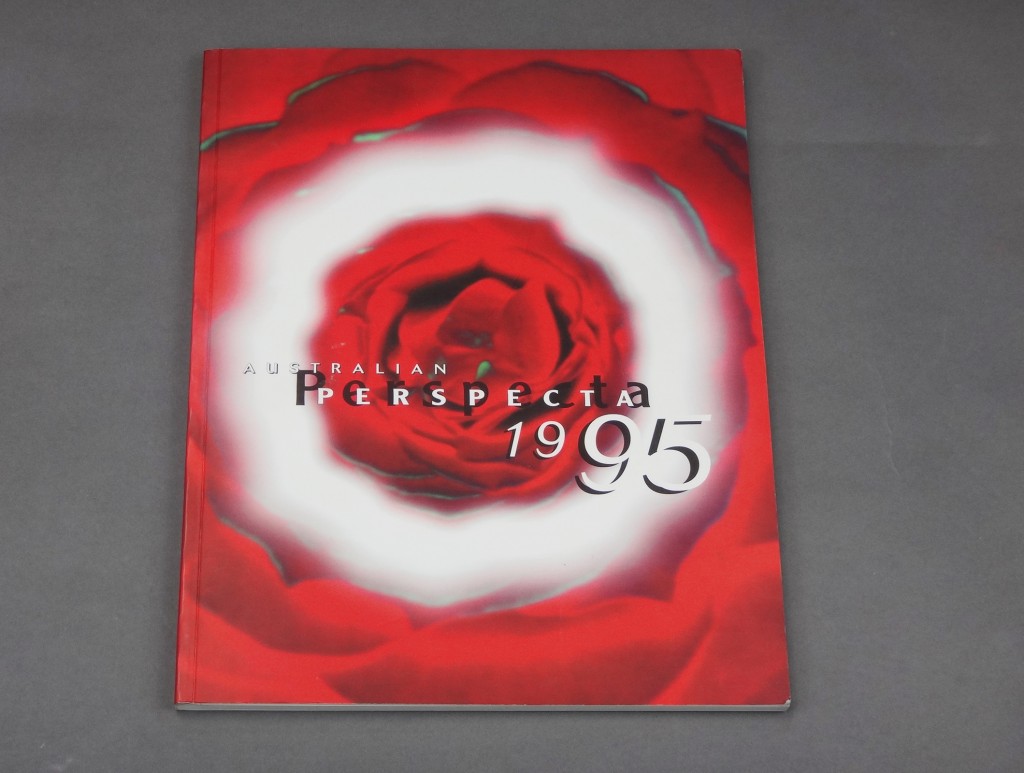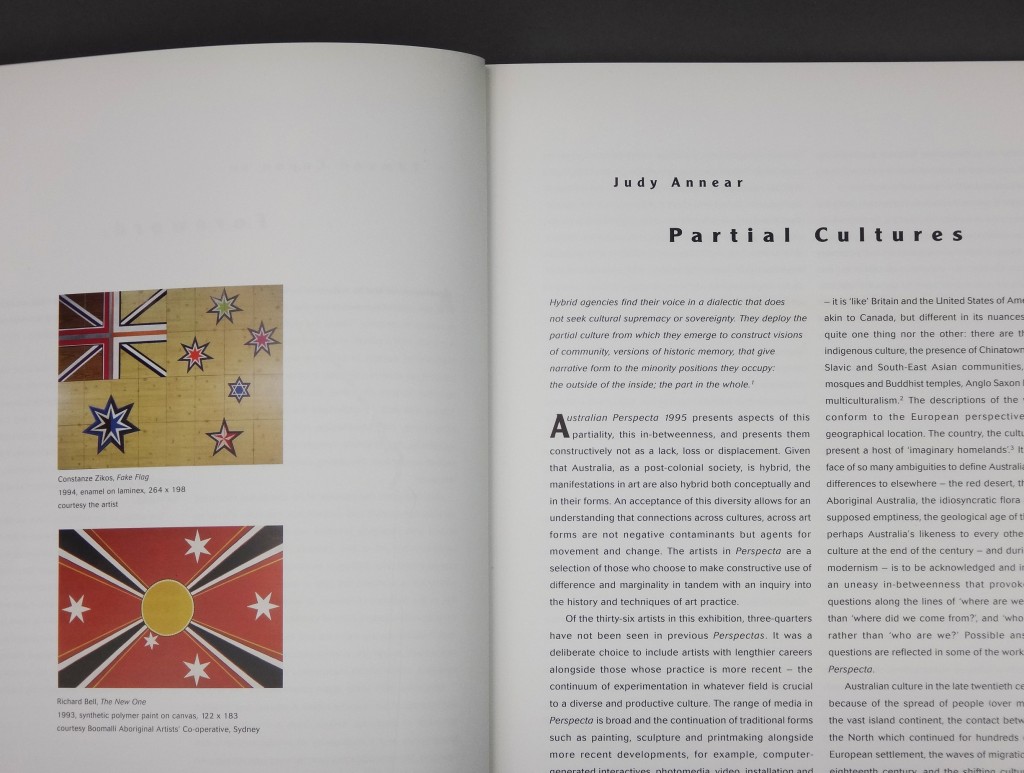The collisions of peoples, ideas and technologies can have a constructive impact rather than one which is destructive. Theorists and artists are working with the permeability of the body (whether of the nation state, or the racially, ethnically and gendered individual) and inventing a variety of modes of representation and anti-identities capable of side-stepping simple categorisation. This slipperiness, whether of word or image, reveals contamination as an historical given. The centre or the coloniser has always reinvented itself by taking from the periphery and the colonised. Now, in the post-colonial phase, it is possible for a reinvention of another kind. In this, the role of the artist as analyst, reflector, regenerator, is important: the varieties of representation and interpretation can be seen and debated.
In Perspecta, some artists present narratives about contacts between peoples over time. The nature of these contacts range from those of equal exchange to the absurd, and the brutal; others deal directly with the collapse of conventional distinctions and binary oppositions in art and society in order to present other ways of seeing and interpreting the complexities of the world as it is lived. There are many artists in the exhibition whose work is actively engaged in reconceptualising the body: the gendered body;the body and its relationship to technology; the body and possible spatial relations; and the absent body living, nonetheless, through ellipses of memory and reverie.

